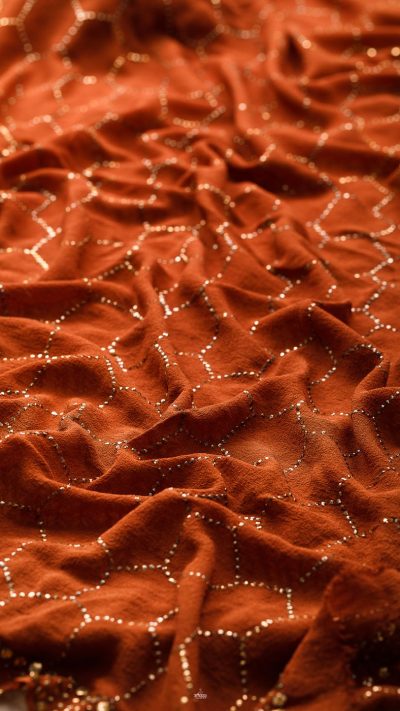Evolution of Craft Fairs & Markets : A study of Ancient vs Current Bharat
At the Surajkund Crafts Fair, ever year, we marvel at how some of the artisans travel such long distances, with so many precious artefacts, where hours of devoted work has been put in to create one of a kind masterpieces, just to display them in an exhibition.
How many would get damaged; and if somehow sales are not good, how the artisans would carry them back with a small heart. Thousands will come and touch each artefact, many without realising their true worth, which leads to further damage. Some shoppers derive a cheap thrill from asking to hold some goods for them, and keep them aside, and that they would come back and pay, only to vanish completely without paying.


Many waste time with endless and ridiculous bargaining rounds, to break the artisans’ spirit, which they would never do in a mall with even the lowest quality perpetual discount store.
Sadly, life of an artisan or a merchant has been like that, since a long time.
But was that always the situation?
How did trade & commerce happen in Ancient India?

Why couldn’t a cultural continuity be maintained here, if the craft forms still sustain?
The short answer is – Colonisation.
We are still largely unclear on how colonisation breaks an indigenous communities’ way of living, until it alters its philosophy and psychology. Let me detail, to the best of my limited capacity, of how trade was conducted in Ancient India, of the same arts & artefacts.


Sometimes we all foolishly assume that the railways & transportation made intra and inter state trade possible. Then one should ask themselves that how was trade flourishing in between continents during Ancient Civilisations? Back then, everyone spoke their own language, & no common “master’s language” was imposed for trade. Even then, trade flourished.
The travelling of artisans, merchants and craftsmen with their goods isn’t a recent phenomenon at all (as is presumed). In Ancient Most India, merchants and artisans travelling great distances to display & trade their art, was a way of life.
How did they travel and carry all this, back then?!!
Well back then, there was something known as an Artisan’s Guild (ref: The Gupta Empire, Page 148, Prof Radhakumud Mookerji; Corporate Life in Ancient India, Prof R C Majumdar).


This Nigama (guild) was a private group, that was facilitated by its own group of Sresthis (Bankers or Merchants), who facilitated smooth trade for Kulikas (artisans).
They operated as a community, which was further sub divided into categories to ensure smoother working, & equitable distribution of attention on all craft forms.
This guild arranged travel, stay, and other requirements for the artisans to operate in state of the art facility and create artefacts right there, while some would undoubtedly be carried from afar.
The merchants and artisans were highly respected by the King or Queen (not charity respected like we did since Independence, but actually respected). The Temple of the Kingdom was the first patron of the Merchant (depending on their craft).
The temple was the first preview of Art, where entire community could come and absorb its beauty. Within the premises of temple, & its energy, onlookers viewed art with a philosophical bent of mind, rather than a commercial one.
From Temple, these spectacular arts travelled to the Royalty, who then became its patrons. From Royalty and their line of officers, it travelled to rich traders of the city, and from there it percolated to rest of the city and town dwellers, as per everyone’s budget.
Since most of the trade happened on order, after seeing initial display, in temples and town squares, or in the homes of sresthis, there was no excess inventory made, which is a norm in present day.


Back then, artisans stayed alone or with some of their families in facilities provided by the Guild, and easily conducted their trade.
When they had to return to their homes or villages, they were not left with inventory, as no excess was made. If some pieces remained, they would either donate them to the Guild office, who would display it to generate more orders, and on basis of those, invite the artisans again to the city. Sounds smoother, right?!
Things changed drastically for us, during colonisation, and its after effects continue to this day.
Art became utility, especially in the face of the destitution even a normal household in India faced, when we got our Independence.


Indians worked hard for decades to grow their affluence, in the very limited means they had, even after Independence.
Some affluence did return in the 1990s; however, the mall boom of 90s, deflected this growing affluence towards what we know today as Fast Fashion.
Years of social conditioning & survival for even basic amenities has rendered an average Indian indifferent towards many art forms. Can they be truly blamed for it? In ancient days, Temples served as the heart of the civilisation, and all art was a subset of them. Today, malls and shopping complexes serve as the heart of social existence, therefore Art has automatically become a commodity & is viewed as such, even in well organised Crafts Fairs.
In the past decade, the affluent India has again started appreciating their local arts & crafts, which they never stopped purchasing, but did take them for granted. With the growing interest, it is important now for new ages Sresthis (Brands), who deal in Handcrafted Arts to elucidate the thought behind the craft & art created by today’s Kulikas (Artisans), to create a harmonious balance of Commerce & Trade, that is guided by higher Philosophy.
















Add comment
You must be logged in to post a comment.